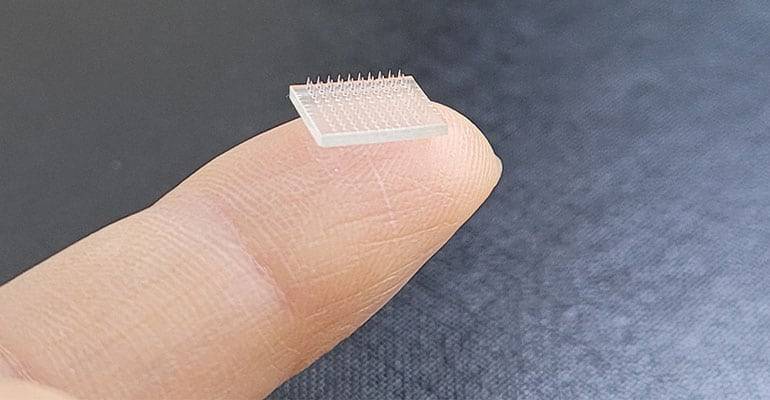Vaccination is a simple, safe, and efficient method to protect yourself from infectious illnesses before they infect you. It boosts your immune system by using your body’s defenses to fight against certain diseases. Vaccines reprogram your immune system to produce antibodies in the same way that it does when it is exposed to a disease. Vaccines, on the other hand, do not cause illness or put you at problems since they only include dead or weakened versions of pathogens like viruses or bacteria. Immunization plays a significant role in the world’s health care system. Vaccines that prevent illnesses like smallpox and measles have virtually eradicated them, and they have the potential to prevent many other prevalent infectious diseases, as well as new epidemics (like Ebola) and pandemics (COVID-19). Vaccines are designed to deliver specific antigens to the immune system, resulting in strong and long-lasting protective immune responses against pathogens and the prevention of subsequent infections. However, due to a lack of immunostimulatory components and/or poor immune system recognition, subunit vaccines are not as immunogenic as complete pathogen-based vaccinations. The addition of immunostimulatory agents (adjuvants) and tailored delivery vehicles (such as particles and microneedles) to subunit vaccines has shown tremendous promise in increasing effectiveness.
3D Printing of Microneedle Patch
Molding processes are used to make the bulk of microneedle vaccinations, however, they may be inflexible and lead to a reduction in needle sharpness during replication. According to Shaomin Tian, main study author and researcher at the UNC School of Medicine’s Department of Microbiology and Immunology, there have also been difficulties in tailoring microneedles to various vaccine kinds. “These problems, along with manufacturing constraints, have undoubtedly slowed the advancement of microneedles for vaccine administration,” she added. “Our method enables us to 3D print the microneedles directly, giving us a lot of design freedom to create the greatest microneedles in terms of performance and cost.” Continuous Liquid Interface Production (CLIP) technology was used to 3D print the microneedle patches created by Stanford and UNC scientists. According to the findings, the vaccination patch elicited a substantial T-cell and antigen-specific antibody response that was 50 times higher than a normal injection given under the skin. The resultant immunological response was found to be ten times that of a vaccination administered directly into the arm muscle. The increased immune response, according to the researchers, may open the way for dose sparing, in which a microneedle vaccination patch is used to administer a lower dosage of a vaccine while yet eliciting a comparable immunological response as a vaccine delivered with a needle and syringe. This may go a long way toward better controlling vaccine supply and demand, ensuring that more people have access to life-saving vaccinations. The Stanford and UNC teams will continue to develop 3D printed microneedle patches for future testing of vaccinations such as the Pfizer and Moderna Covid-19 vaccines. The study’s findings are detailed in the article “Transdermal vaccination by 3D printed microneedles elicits strong humoral and cellular immunity,” which was published in the Proceedings of the National Academy of Sciences of the United States of America (PNAS). C. Caudill, J. Perry, K. Liadis, A. Tessema, B. Lee, B. Mecham, S. Tian, and J. DeSimone collaborated on the research. Microneedle patches provide several advantages.
Advantages of 3D Printed Microneedle Patches
Vaccination has always been an important public health strategy for preventing infectious illnesses, and it is crucial in the fight against Covid-19 during the past year. Microneedle patches have been researched and produced for decades, while vaccinations are usually given through hypodermic needle injection. Microneedle patches, which offer a non-invasive and painless method to immunization, are increasingly being customized and accurate using 3D printing technology. The patches, which may be self-administered, provide a more appealing option to people who are afraid of needles while also decreasing the need for trained staff to give vaccinations. The patches are usually made up of small 3D printed microneedles placed on a polymer patch and applied to the skin directly. Later, the vaccine targets the immune cells in the skin, eliciting an antigen-specific antibody response. Microneedle patches provide logistical benefits as well. Vaccines given via needle need cool storage in refrigerators or freezers, as well as a visit to a clinic, hospital, or immunization facility. Vaccine-coated microneedle patches, on the other hand, maybe delivered anywhere in the globe without special processing, and since they can be self-administered, patients would have to visit hospitals or clinics less often. The researchers think that such advantages may lead to greater vaccination rates in the future.


